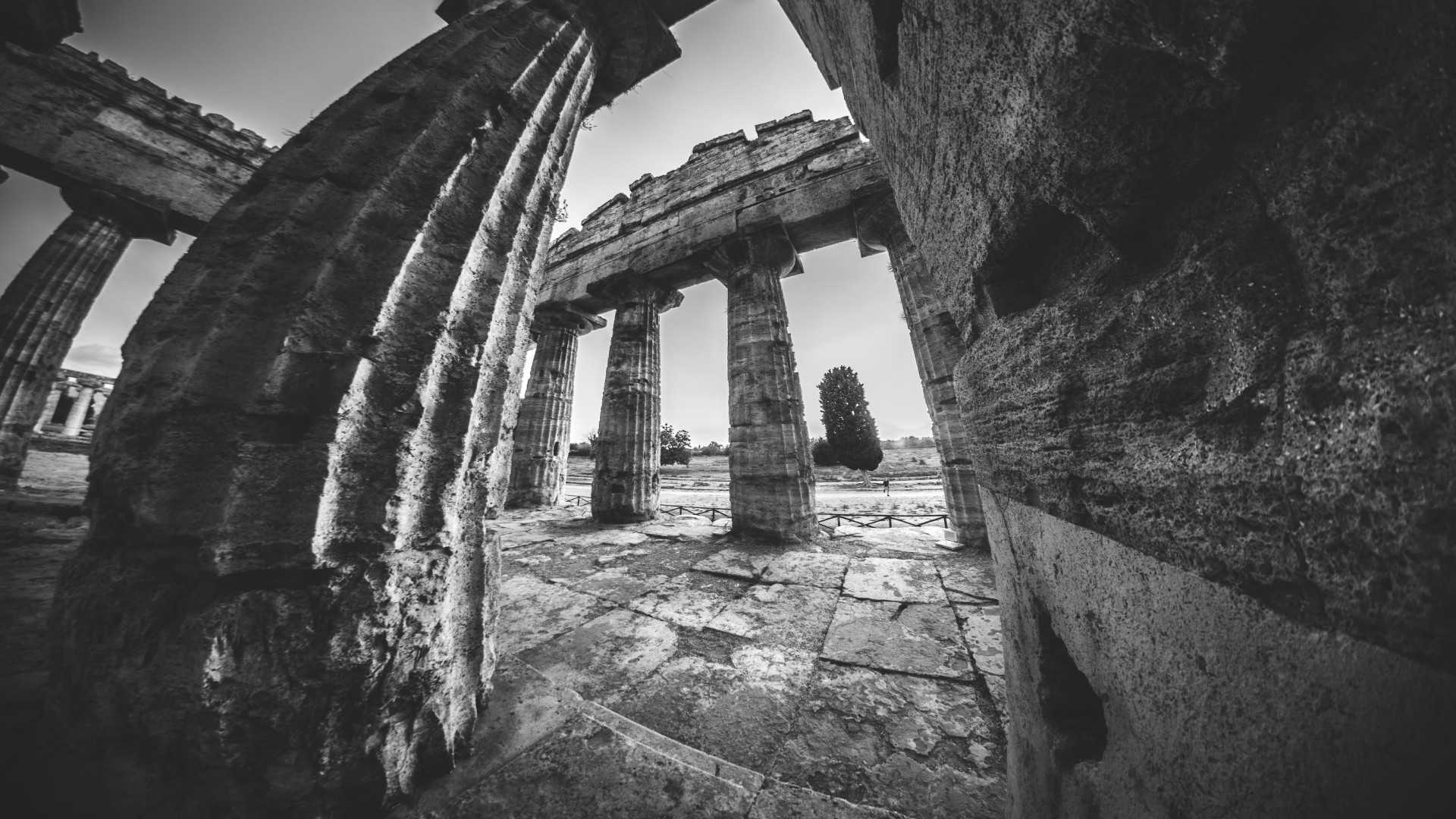In a letter to “all the people whom Nebuchadnezzar had taken into exile from Jerusalem to Babylon,” Jeremiah warned them they would be there for a while as a result of their blatant disregard of the covenant they had made with God. But, he says in a familiar passage:
“For thus says the Lord, ‘When seventy years have been completed for Babylon, I will visit you and fulfill My good word to you, to bring you back to this place. For I know the plans that I have for you,’ declares the Lord, ‘plans for welfare and not for calamity to give you a future and a hope.... I will restore your fortunes and will gather you from all the nations and from all the places where I have driven you,’ declares the Lord, ‘and I will bring you back to the place from where I sent you into exile’” (Jeremiah 29:10–14).
God, through the prophet Isaiah, told how this would be accomplished:
“It is I who says of Cyrus, ‘He is My shepherd! And he will perform all My desire.’ And he declares of Jerusalem, ‘She will be built,’ and of the temple, ‘Your foundation will be laid’” (Isaiah 44:28).
And Daniel was ready when the prophesied time was fulfilled:
I, Daniel, observed in the books the number of the years which was revealed as the word of the Lord to Jeremiah the prophet for the completion of the desolations of Jerusalem, namely, seventy years. So I gave my attention to the Lord God to seek Him by prayer and supplications, with fasting, sackcloth and ashes.... “So now...for Your sake, O Lord, let Your face shine on Your desolate sanctuary.... [F]or we are not presenting our supplications before You on account of any merits of our own, but on account of Your great compassion. O Lord, hear! O Lord, forgive! O Lord, listen and take action!” (Daniel 9:1–19)
And God was true to His word:
Now in the first year of Cyrus king of Persia—in order to fulfill the word of the Lord by the mouth of Jeremiah—the Lord stirred up the spirit of Cyrus king of Persia, so that he sent a proclamation throughout his kingdom, and also put it in writing, saying, “Thus says Cyrus king of Persia, ‘The Lord, the God of heaven, has given me all the kingdoms of the earth, and He has appointed me to build Him a house in Jerusalem, which is in Judah. Whoever there is among you of all His people, may the Lord his God be with him, and let him go up!’” (2 Chronicles 36:22–23)
Until recently, the Bible contained the only evidence for the return of the Jews under a decree given by Cyrus. But in 1879, an archeologist excavating a Babylonian temple discovered a clay cylinder inscribed with Cyrus’s description of his reign wherein he lists as one of his accomplishments the return of some of the peoples conquered by the previous king to their own lands to worship their gods.
That cylinder, which is normally on display at the British Museum, is now touring the United States, and if you’re at all able to go see it, you should. You can read more on the tour’s website about how Cyrus’s approach to ruling a pluralistic society (as represented by the Cylinder) has played a part in history, including the influence it had on America’s founders.
 The British Museum says the Cylinder is a symbol of religious freedom and tolerance, but it’s much more than that. It’s a reminder of God’s love, His gracious mercy, and His unstoppable plan to redeem us through Christ despite (and indeed, because of) the faithlessness and weakness of humanity. It’s a symbol of His sovereignty over history and all those who are in power for the sake of His own good purpose.
The British Museum says the Cylinder is a symbol of religious freedom and tolerance, but it’s much more than that. It’s a reminder of God’s love, His gracious mercy, and His unstoppable plan to redeem us through Christ despite (and indeed, because of) the faithlessness and weakness of humanity. It’s a symbol of His sovereignty over history and all those who are in power for the sake of His own good purpose.
The king’s heart is like channels of water in the hand of the Lord; He turns it wherever He wishes (Proverbs 21:1).
This cylinder exists because the God who is real acted in history for us—“not on account of any merits of our own, but on account of His great compassion.”

